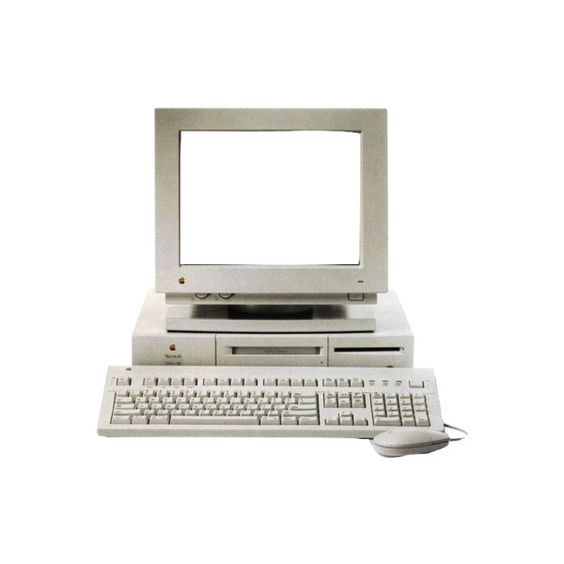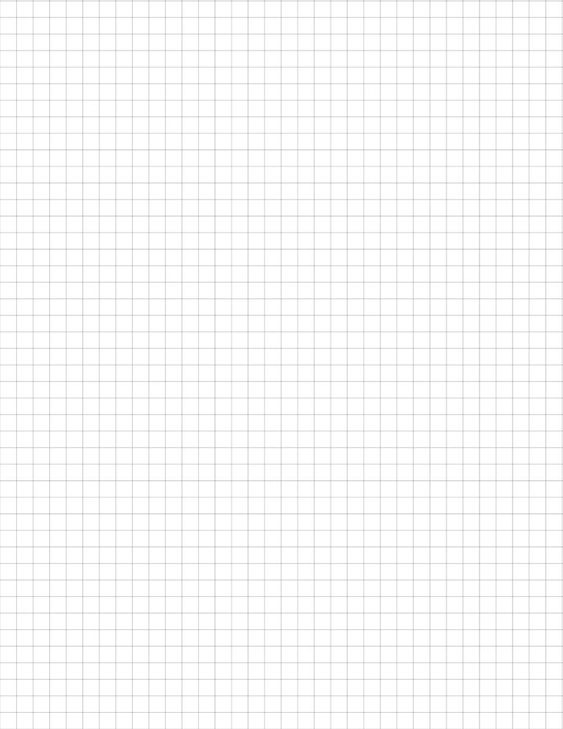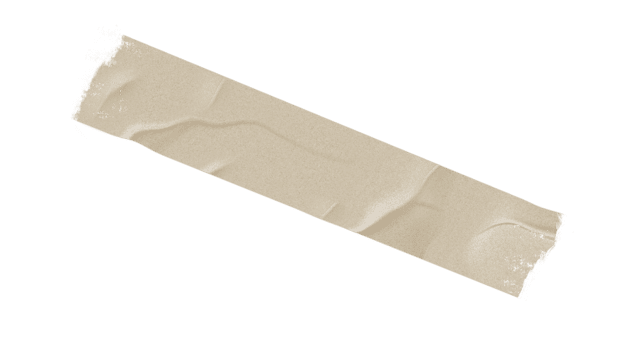Materials & Systems
Process - Puck van Pelt
As a graphic designer with a fondness for storytelling and physical publications, I am interested in exploring the future of books. The book serves as a repository of information that can be passed down from generation to generation. It facilitates the spread/exchange of ideas, perspectives, stories, and insights. It shapes cultures and influences minds across the globe. As a graphic designer you own the unique talent of giving these ideas an actual place that is a connecting element between people and systems.
In an age where technology has become an integral part of our lives, it is natural to wonder what the future holds for traditional books and how designers can adapt to these changes. While digital publications offer convenience and accessibility, there is something timeless about holding a physical book in your hands. The weight of the pages, the smell of ink, and the sound of turning pages create a sensory experience that cannot be replicated by a digital screen.
However, the future may bring changes to the ways in which we interact and read books, for example by coexistence or adaptation to new technologies like AR or interactive features. Imagine a hybrid book that changes its storyline based on reader preferences or one that incorporates touch-sensitive pages for an immersive reading experience.
In addition to the changes in the ways in which we interact with books, how we communicate is also undergoing changes. Language is the cornerstone of human communication. Throughout history, written language has played a vital role in preserving knowledge and facilitating communication across time and space. However, with the advent of technology and the rise of visual media, the future of written language seems to be transforming. Visual language, such as emojis and memes, has gained popularity in recent years due to its ability to convey complex emotions quickly. As our lives become increasingly fast-paced, visual language offers a concise way to communicate in an era dominated by social media platforms. Advancements in artificial intelligence have led to the development of virtual assistants capable of understanding voice commands rather than relying on traditional written text.
What’s more is that environmental concerns are at the forefront of global discussions. Sustainability has become a crucial aspect of every industry and the field of graphic design is no exception. As printed graphic design continues to be an important part of marketing and communication strategies, it is essential for designers to embrace sustainable practices. Ways to promote sustainability in printed graphic design is by using eco-friendly materials, by minimizing waste and by collaborating with environmentally conscious printers.
The label that printed expressions are more damaging for the environment than digital ones is something that is debatable as well, since energy is also needed to use computers. Once a book has been created it is no longer dependent on energy. It can be passed on and reused. Think of a library, book-recycling or a book club, for example.
In conclusion, there are questions that I want to investigate further during my project. Questions about the future of publishing, communication, language and I am curious to investigate how my position as a future graphic designer can play a role in this.


